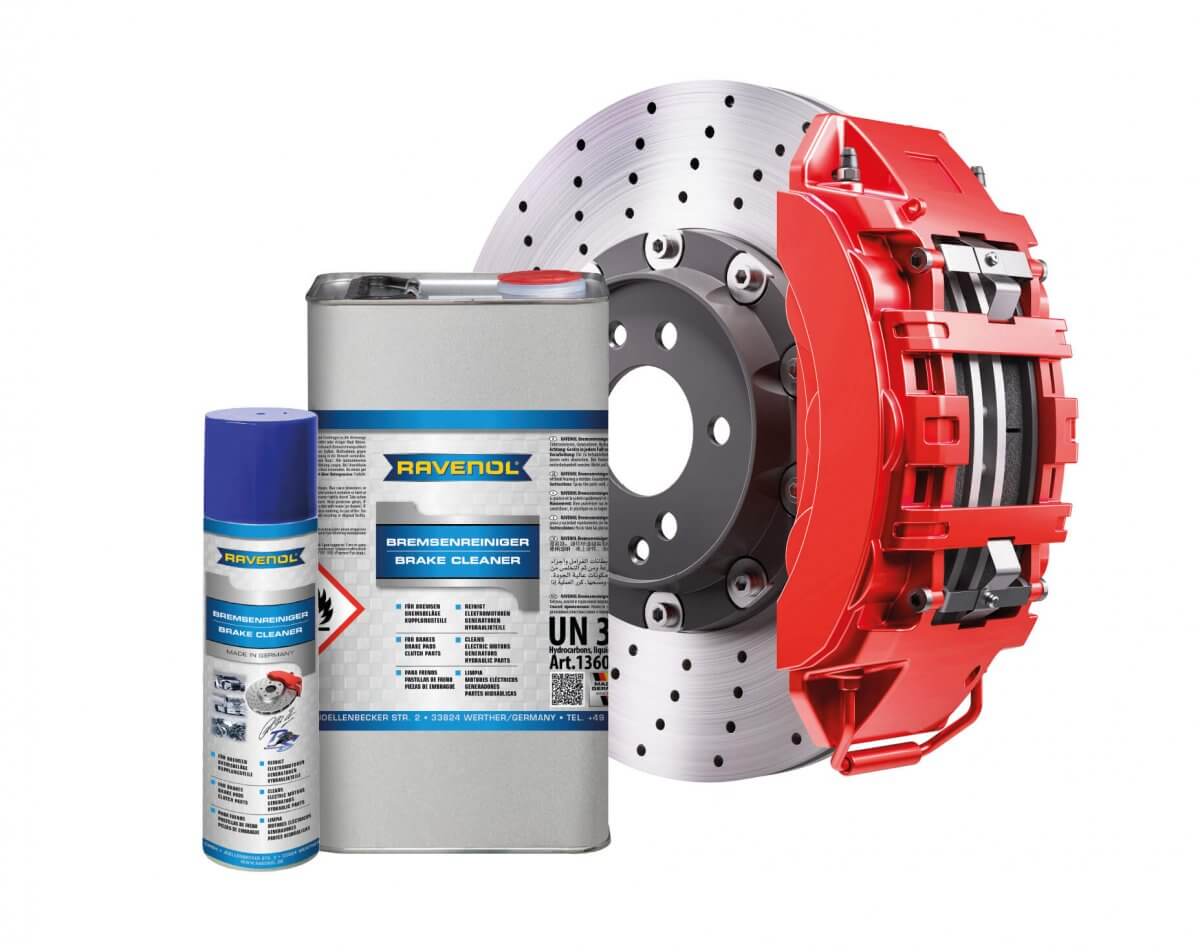- Lubricating
- Cooling
- Protecting (against corrosion)
- Sealing (for example on piston rings, radial shaft seals)
- Keeping clean (absorbing wear elements, contaminants, accumulating oil carbon)
- Transferring forces (for example hydraulic valve lifters)
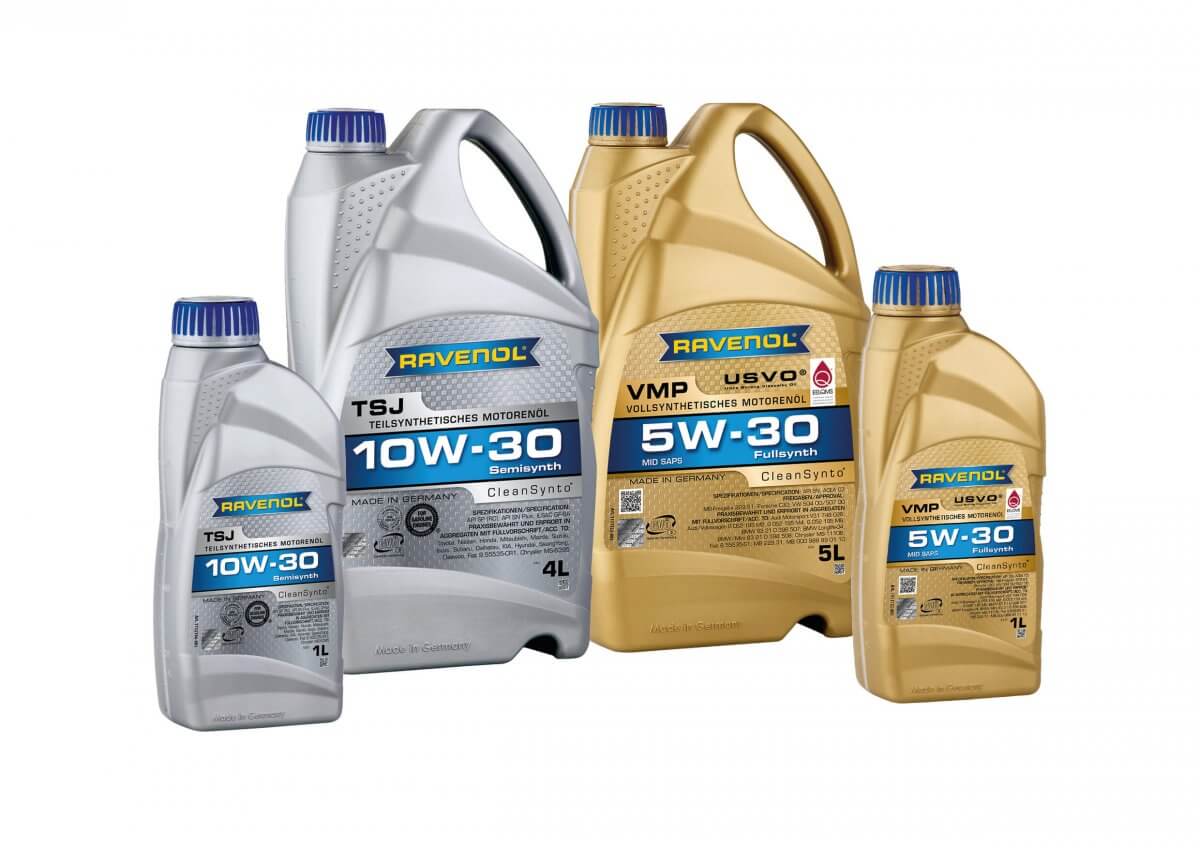
Fluid friction: It occurs when the friction partners, for example the camshaft or bearing shell, are separated by a continuous oil film.
Mixed friction: The metallic friction partners touch each other in individual roughness peaks on the metal surface.
Dry friction: The metallic friction partners touch each other completely - for example when the engine is started (there is no hydrostatic lubricating film in the stationary engine) or when the oil film breaks down due to the oil's viscosity being too low.
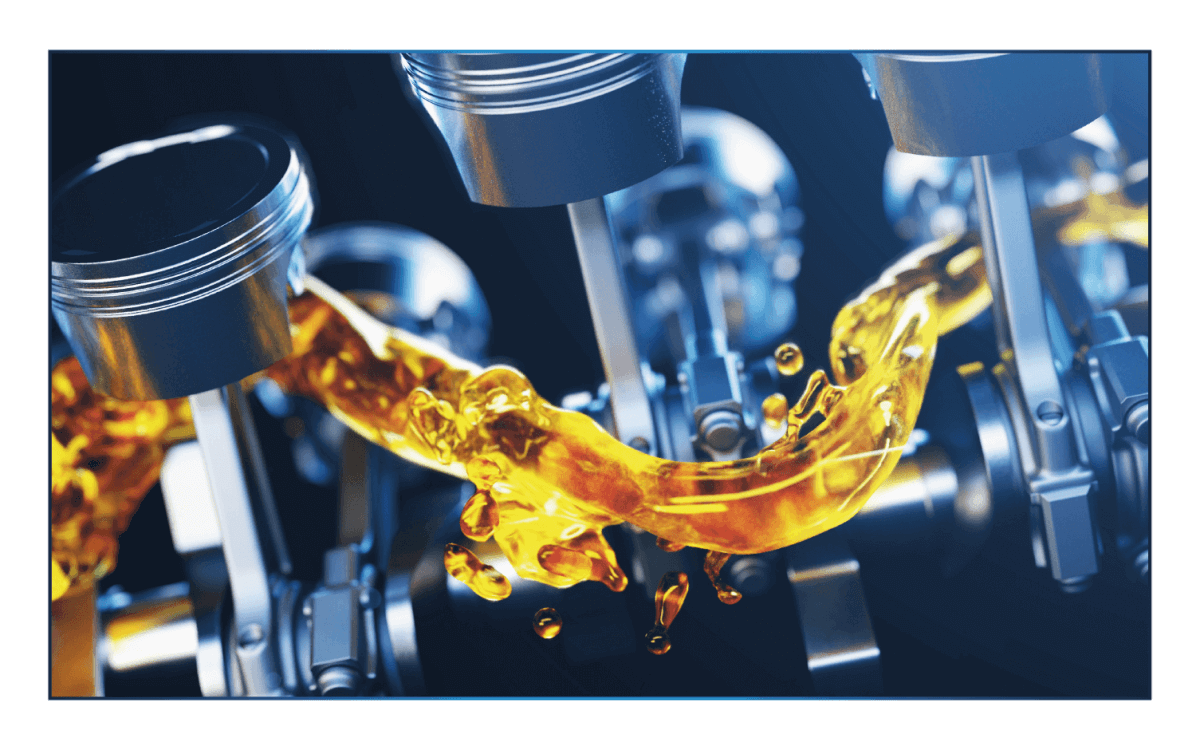
The engine needs operating temperature during the test - i.e. you should drive at least 10 km beforehand. You should then park for 5 minutes so that the oil can collect. Then open the engine compartment and measure the oil level with the dipstick. The oil film should extend into the area between the two markings (minimum and maximum).
Excessive oil consumption can have many causes. We have listed some of the most common causes for you below:
- The design or the engine construction and the given manufacturing tolerances of the individual components.
- Your own driving style can influence oil consumption.
- Leakage due to damaged or worn seals
- Use of the wrong engine oil (Viscosity, HTHS)
- Too much play in the turbo charger's slide bearings (consequence: strong air flow -> engine oil is sucked in and burned)
- Temperatures in the oil return lines at the turbo are too high Lead to oil coking.
- Repair error
- Too high engine oil level
- Wear in the engine due to fuel in the combustion chamber
- Service intervals haven’t been observered -> poor lubricating effect
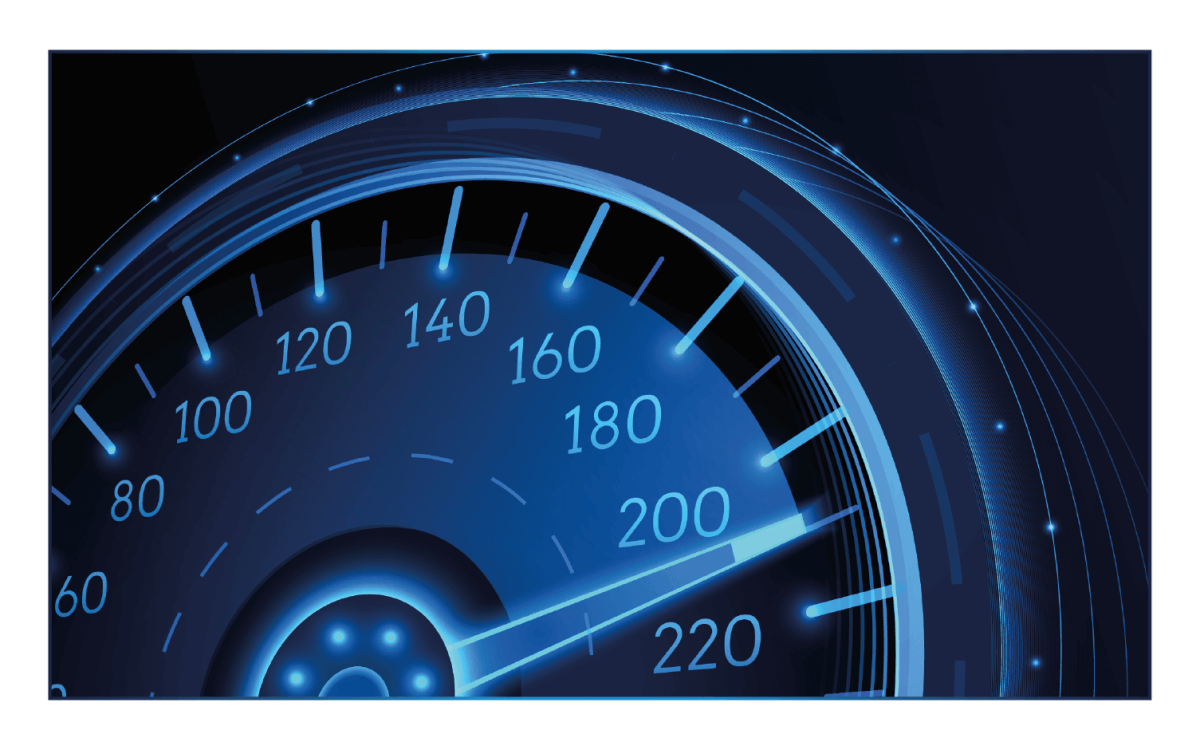
The engine oils for diesel or gasoline engines should generally not be mixed. 2-stroke engine oils should never be used in 4-stroke gasoline or diesel engines. In principle, you can mix different oils for one type of engine. Even fully synthetic oils and mineral oils can be mixed if both are approved for one type of engine (gasoline engine or diesel engine). But always pay attention to the specifications required by the car manufacturer. The oil that does not meet the required specifications can damage the engine. You can use higher quality oils at any time. We will be happy to help you with specific questions.
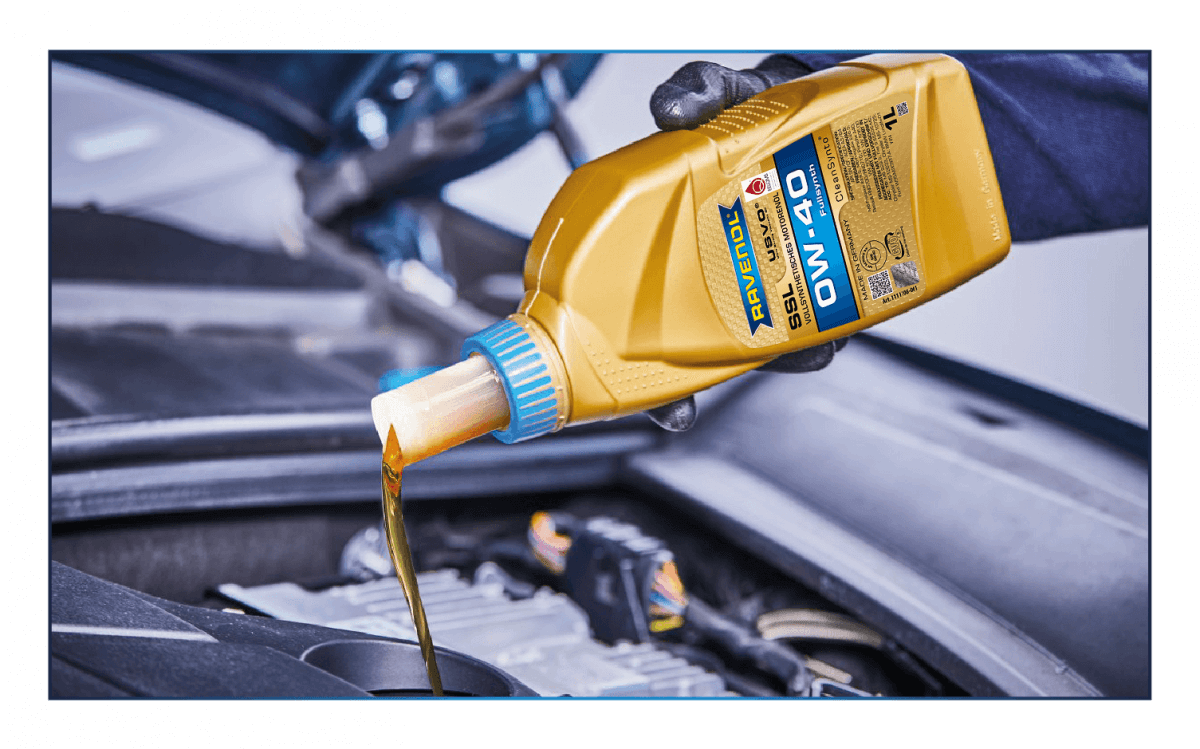
Transmissions require modern high-performance lubricants for smooth operation over the entire service life. These must meet the requirements of the transmission types. The automatic gearbox in particular ensures that the engine always runs in the ideal efficiency range. As the complexity of the transmission control increases, so do the performance requirements. This is noticeable in the enormous thermal and mechanical stress on the gear oil and leads to increased wear and thus increased maintenance requirements. If the transmission oil is not changed in time, the dirt and metal abrasion, it contains, can cause costly mechanical damage to the switch box. That is why the manufacturers of oil as well as the vehicle manufacturers are making recommendations for changing the transmission oil, depending on the driving performance and driving style. This also applies to so-called "lifetime fillings".
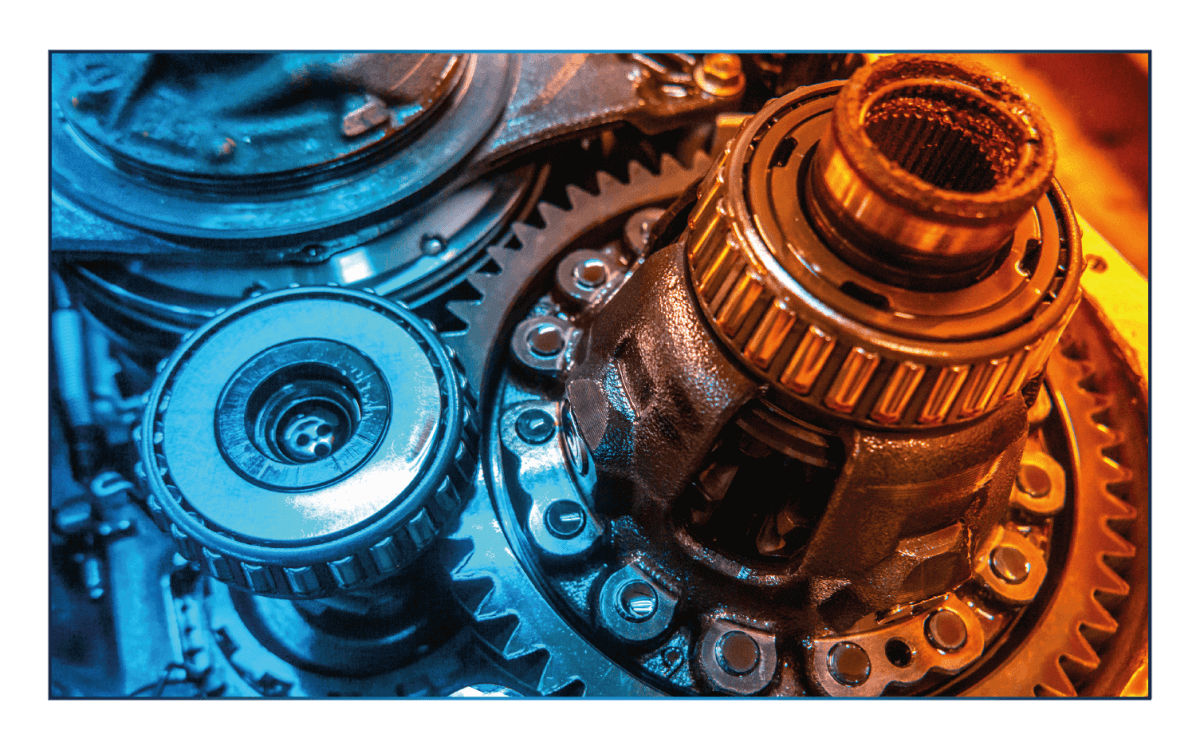
- Optimized shifting behavior - shifting delays, unclean shifting processes and even the failure of entire gears are eliminated.
- Lower fuel consumption - early and soft switching times have a positive effect on fuel consumption.
- Less wear - Gear flushing in combination with additives ensures smoother running and less wear in the gearbox.
- Increased service life - most manufacturers recommend changing the transmission oil every 60,000 km or every 4 to 6 years.
The coolant must be checked regularly. The level - once a month, the frost protection twice a year. When the engine is cold and switched off, the features are to be checked as follows:
Test feature | Test interval | Test |
Coolant | Monthly | Read off the expansion tank in the engine compartment |
Antifreeze (Temperature should be at least below -25°C) | Half-yearly | With the aid of a test spindle that is held in the cooling water |
- Cooling water level: You can read off the level on the expansion tank in the engine compartment. It should always be between the minimum and maximum markings. If the level falls below min, you should definitely refill.
- Important: Never open the cooling system while the engine is warm. The pressurized, hot liquid can shoot out and scald your face and hands!
- Check frost protection: The frost protection concentration can be determined with the aid of a test spindle. It is simply held in the cooling water and then shows the temperature. This should definitely be below -20 ° C, otherwise frost protection must be added.
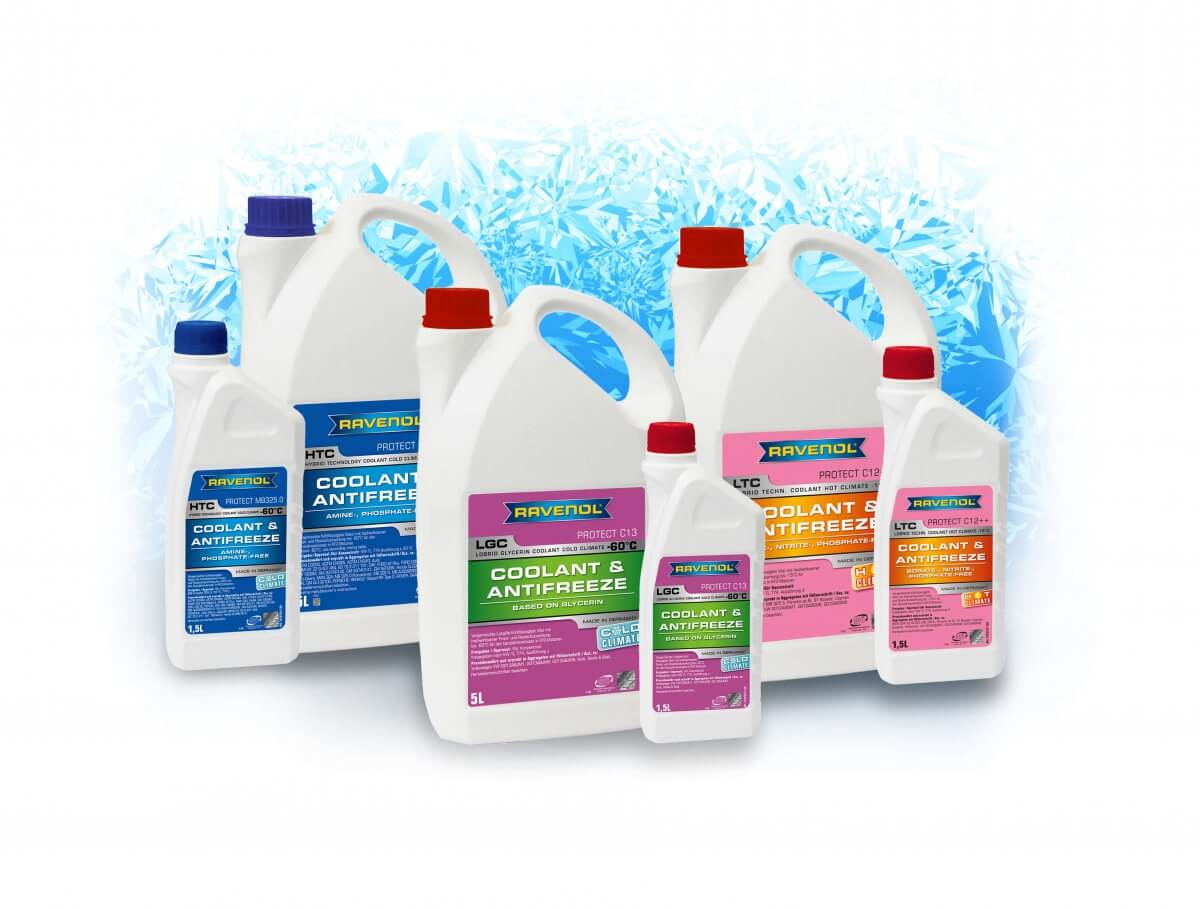
If the antifreeze is topped up, no coolant of any kind may be added. Caution is recommended here, because the solutions contain different additives that are tailored to the special cooling systems. With the wrong frost protection on board or a mix of different, the tiny cooling ducts can clog. If the correct coolant is not available, but the coolant level is too low, it is better to just top up with water. Don't get confused if the instruction manual recommends demineralized water. Tap water does it too. If you want to be on the safe side, take distilled water from the gas station.
Important notice: The cooling water circuit is self-contained. Over time, very small amounts of liquid can be lost through processes such as diffusion or evaporation through the tubes. If the cooling water level is too low, this usually indicates a defect. Then a workshop should be visited as quickly as possible.
Many drivers are unsure of just how often they should change the brake fluid, some of them believe that in fact it is not necessary. But changing the brake fluid should never be taken lightly. It is essential for optimal braking power.
The change should have the following sequence:
- Replacing the old brake fluid and filling it with a high-quality RAVENOL one, using the most modern brake service devices
- RAVENOL-Bremsfluid mittels modernster Bremsenservicegeräte
- Flushing of the system
- Ventilation of the brake system
- Visual inspection of the brake discs and inspection of the brake pads
- Environmentally compatible disposal of the old brake fluid
- Checking the brake performance on the brake test bench
